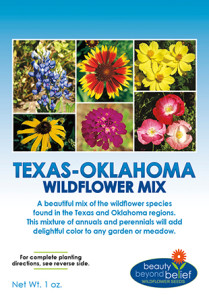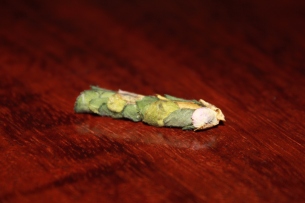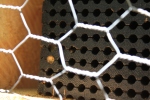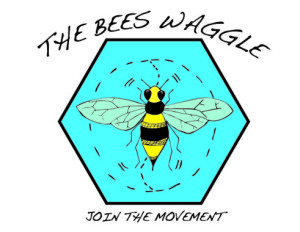The Flowers and the Bees – Why Bees Matter
The Flowers and the Bees
Why Bees Matter
contributed by Sarah Woodard (of PerfectBee)
About the Author: Sarah Woodard has three years experience as a beekeeper, loves constantly learning from her bees and helping others discover beekeeping. See some of her other writing at https://www.clippings.me/sarahwoodard
________________________________________________________________________________________________________________
As flower lovers, you already know that bees are attracted to some flowers more than others and that the more bees in your garden, the more beautiful your flowers. Did you also know that bees are responsible for pollinating 90% of our food supply?
With the introduction of chemicals and mono-agriculture practices, honeybees are increasingly under threat. If we lose the bees, we lose a lot more than food, flowers, and hive products like honey and wax. We also lose the natural antibacterial properties of products produced in the hive and, more importantly, and essential connection with nature.
The Importance of Native Bees
Just as other animals and plants develop differently in different parts of the world, so too, do bees. You’re familiar with invasive plant species and the detrimental effects they have. A similar phenomenon happens with bees. Killer bees, also known as Africanized bees, are not native to the U.S., but were brought to South America as part of an attempt to increase honey production. Gradually, they worked their way north and currently occupy much of the southern U.S. states, altering the genetics of the bee populations in those areas.
Unlike honeybees native to the U.S., Africanized bees are aggressive and don’t handle cool temperatures well. Honeybees native to the U.S. are docile and adapted to survive harsh winter conditions. Although Africanized bees will never overtake honeybee populations in northern states, most backyard beekeepers obtain their bee supply from the south. This means that northern “beekers” (as beekeepers call themselves) often wind up with aggressive bees who are unable to survive the climatic conditions. The best possible solution for bees and humanity is to focus on restoring native bee populations.
How Flower Lovers Can Help the Bees
If you’re like most flower gardeners, you plant the flowers that look good in your yard and make you happy to have in your outdoor space. In many instances that means there’s a lot of blooms at one time and few or none at others. You can extend honey flow, giving native bees more time to store up food for winter and increasing their chances of survival by planting flowers that bloom in a more staggered fashion.
Depending on your location, those plantings may be different and occur at different times. I live in New England and take an “un-managed” approach to plantings. In New England, the first food for bees appears around April and most people mow it down or spend lots of money trying to rid their lawn of them. Can you guess what it is? Dandelions! While I’m not suggesting you let your lawn become a meadow the way I have, perhaps it’s possible to have a dandelion patch. These “weeds” are not only great for bees, but also have tremendous medicinal properties and can be used to make wine.
Next up is clover. Bees love clover and these happy little flowers also make tasty honey. Around the same time the clover is blooming, crocuses and other early spring bulbs start to make their way above ground. Clover, if left to its own devices will take the bees through most of the summer and into the fall when asters appear. Summer bulbs and vegetable garden blooms slowly appear throughout the growing season.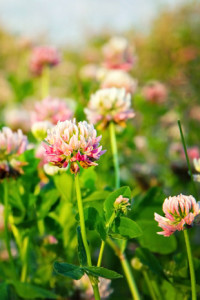
What’s the bloom schedule like in your area? Do you have a variety of plants blooming throughout the growing season? If you’d like to boost the bee population in your area there are seed mixes available. If you’re a beekeeper or you’d like to help the bees have more food for the winter, these seed mixes might be the way to go.

